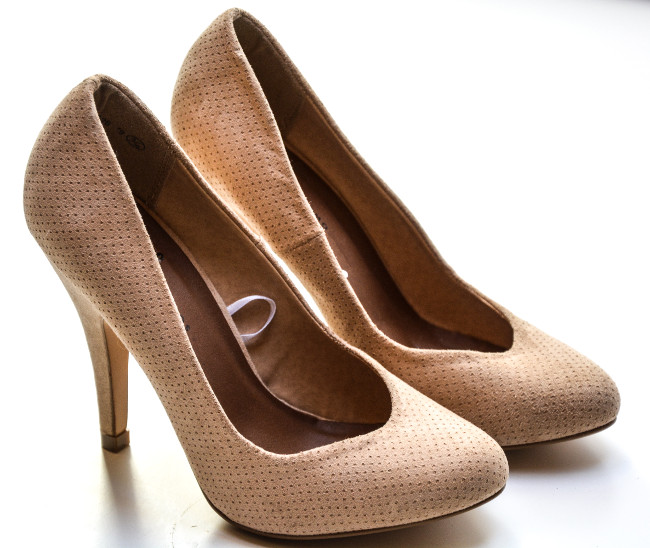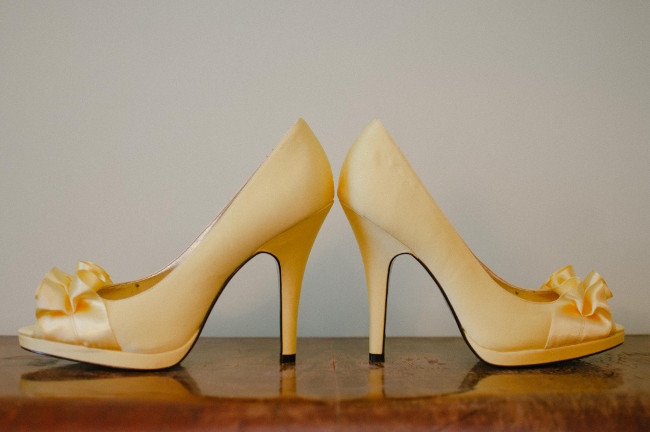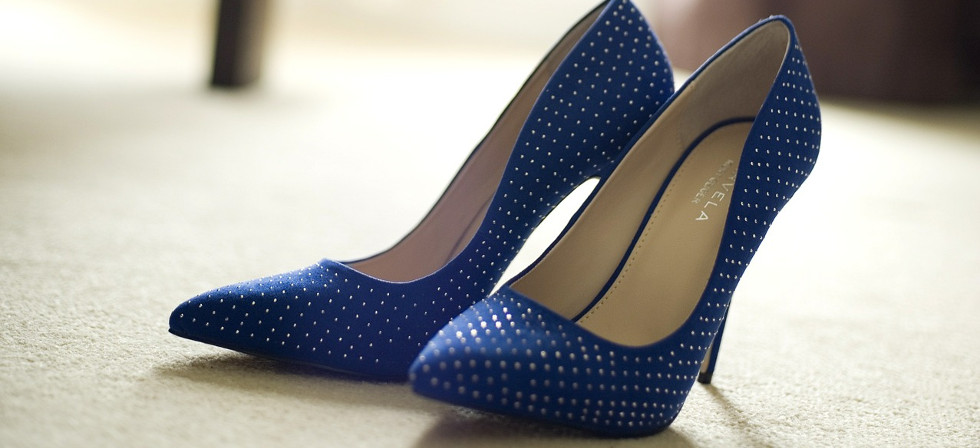Leading fashion and style writer Jake Daniels takes a look at the history of the stiletto.
It might be the most polarising shoe style out there but you can’t deny the punch a sharp stiletto brings to an outfit. From Marilyn Monroe’s infamous wiggle, to eighties power dressers, Pretty Woman Julia Robert’s thigh-high patent boots and Carrie Bradshaw’s maribou-fronted mules, they have seduced us for decades.
The first rule of stiletto wearing? Make sure you can walk in them. There’s nothing less chic than hobbling in pain.
The curved, skinny-heeled shoe has changed little since it was first skewed by Roger Vivier at Christian Dior and Italian shoe supremo Salvatore Ferragamo (both can be cited as having conceived the style), designed to mimic the curves of the female form in the late 1940s.
It might have been invented by a man, but stiletto heels have been voraciously adopted by women in thrall to the power and appeal of that added height – and the simple effect it has on posture: legs more defined, bottom more pronounced, waist pulled in…

Marilyn Monroe had more than 40 – handmade, made-to-measure – pairs of Ferragamo stilettos. They were all the same four-inch heel, pointed-toe style, in every colour you can imagine – with a famous design stipulation that one heel be shaved a few millimetres lower than the other, so she could perfect her famous “wiggle walk”.
As stilettos grew in popularity – in spite of the fact that wearing a pair naturally inhibited one’s gait – so was the word “power” attached to them.
In the eighties, the pairing of a sharp stiletto with either a cocktail dress or sharp-shouldered skirt suit (think Alexis Carrington) was a potent look that purred business-like control.
Conversely, with the added discomfort and inconvenience of heels, came an about-turn: in the early nineties grunge meant that the corporate stiletto court shoe suddenly looked out of date (heels became distinctly mule-shaped). It would take a reimagining of the heel as a force for women’s empowerment for it to be brought back into action. This came swiftly on the heels of one Carrie Bradshaw, who, with her closet full of Manolos, marked out the stiletto as something that women in the driving seat of their own lives could wear – with a tulle skirt as well as a pair of boyfriend jeans.
Heels were no longer the preserve of the cocktail party: the concept of hi-lo and wear-where-you-will was born. They were beloved by the blingy scene setters: in 1999 Gina created the then world’s most expensive heel – £18,000 worth of alligator mules complete with 18-carat white gold buckles and 36 princess-cut diamonds.

Past the millennium, stilettos became so popular – the more vertiginous and elaborately designed the better – that they joined the handbag with the moniker of “it” (with the price tags to prove it). Whether it was a pair of red-soled Louboutin Pigalle pumps or YSL Tribute sandals, over-the-top heels were a cult we couldn’t get enough of.
While the heady era of ‘just add more platform’ has (thankfully for our arches) waned in favour of a more demure, pared-back style – see the Duchess of Cambridge in her L.K.Bennett nude court shoes (a style so noted that a pair were included in 2015’s exhaustive ‘Shoes: pleasure and pain’ exhibition at the V&A) stilettos remain a classic. A recent survey revealed that 70% of British women still opt for looks over comfort when it comes to their shoes. But there is plenty of pleasure to be found: Rupert Sanderson and Jimmy Choo are both golden sources for wear-all-day doable (ie mid-height) heels; while the kitten heel is currently having a serious moment – let’s call it the petite stiletto – all the style, but without the bunion-bore.
This article is published in conjunction with Bicester Village in celebration of Bicester Village’s partnership with etiquette experts Debrett’s and the launch of the Guide To British Style, a beautiful pocket-guide to the season, dress-codes and much more.






















